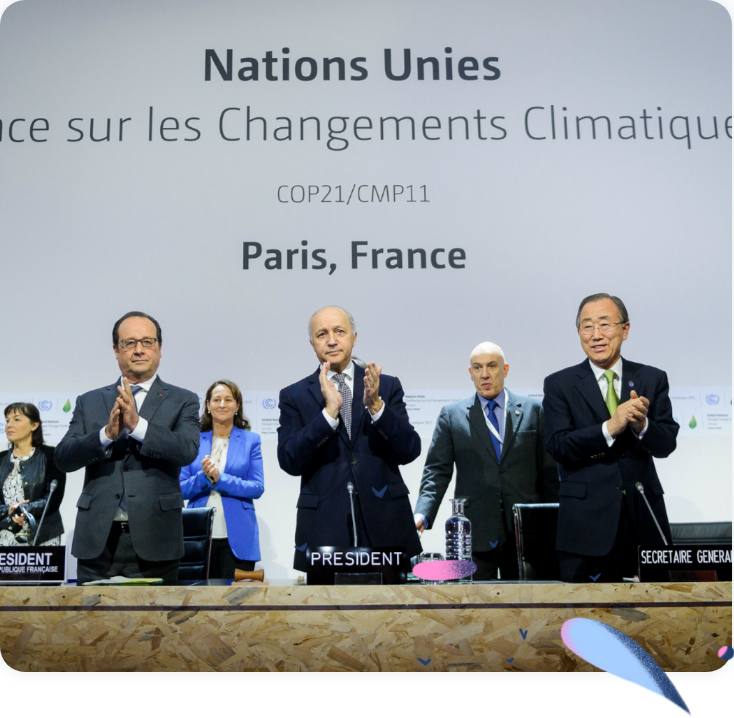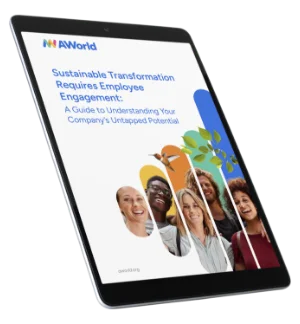196 Global Leaders from all over the world came together to sign the Paris Agreement.
A legally binding international treaty on climate change whose goal was to limit global warming to below 1.5 degrees Celsius, compared to pre-industrial levels.
To achieve this, countries had to commit to stop the emission of global greenhouse gasses and as soon as possible to achieve a climate neutral world by mid-century.


Reaching 0 greenhouse gas emissions worldwide in our modern era is close to impossible, with modern technologies like aviation and manufacturing being a prevalent part of society.
What was needed was to offset, or actively remove greenhouse gases from our atmosphere. A world where greenhouse gas emission and greenhouse gas removal balance each other out.
This is what the countries who signed the Paris Agreement agreed to.
We’ll need to go from a society that pumps our 40 billion tonnes of CO2 a year.
Fortunately for our planet, The Greenhouse Gas Protocol has outlined a standardized way for businesses to get to NetZero that is being adapted rapidly around the world.
The GHG Protocol helps organizations measure, manage, report and reduce their carbon emissions.


Scope 1 and scope 2 are mandatory to report in most countries in the world,
whereas Scope 3 is currently voluntary and the hardest to monitor.
Scope 1:
Scope 1 emissions are the direct emission from company owned and controlled resources. These include stationary combustion (fuel, heating sources, etc.), mobile combustion (all fuel from cars, vans, trucks etc used for the company), fugitive emissions (leaks from greenhouse gasses like refrigeration and air conditioning), and process emissions (those released during processes and on-site manufacturing).


Scope 2:
Scope 2 emissions are indirect emissions from the generation of purchased energy, from a utility provider. All GHG emissions released into the atmosphere from the consumption of purchased electricity, stream, heat and cooling for the purposes of the organization. The electricity consumed by the end-user, what the company pays for.
Scope 3:
Scope 3 emissions are all indirect emissions not included in Scope 2, that occur in the value chain of the organization. This includes both upstream and downstream emissions that can be linked to the company’s operations.
According to the GHG protocol, Scope 3 emission are separated into 15 categories:

Find out now how to engage your employees with AWorld’s FREE GUIDE and boost your company’s sustainable transformation.

